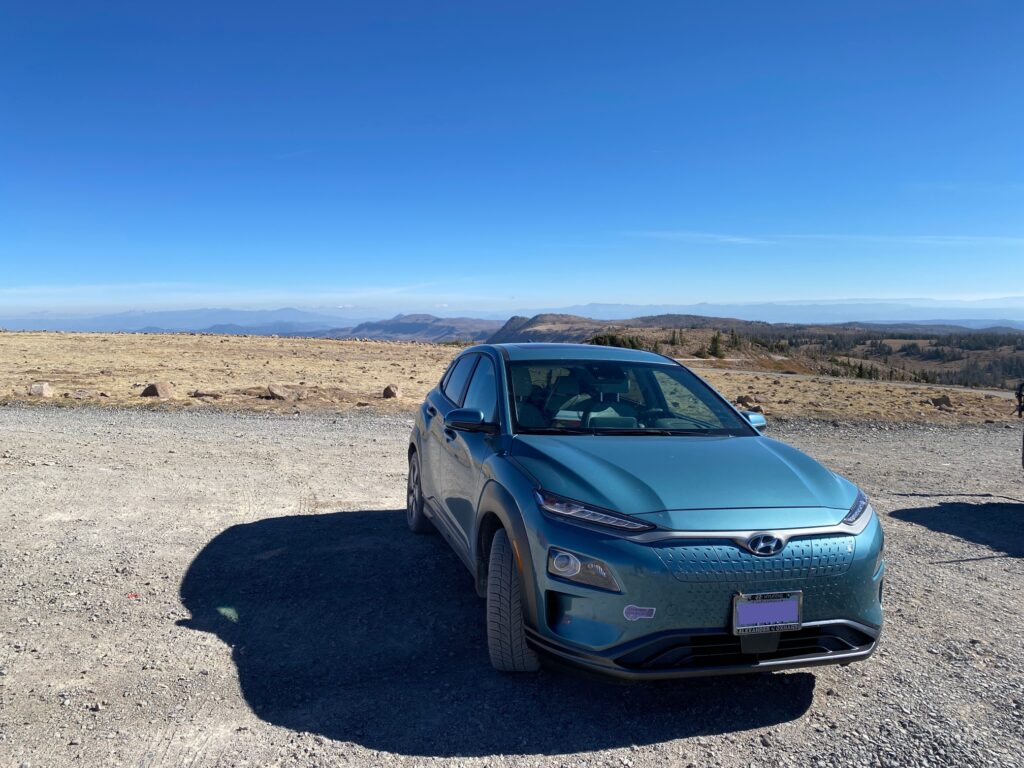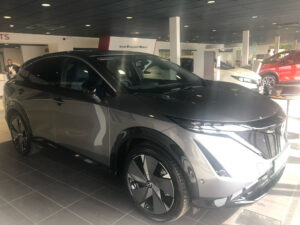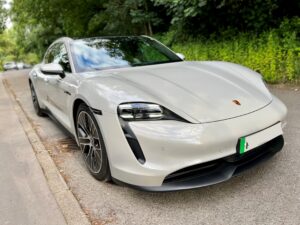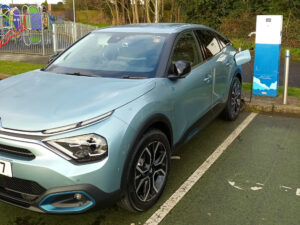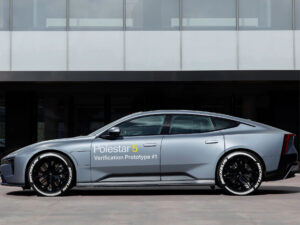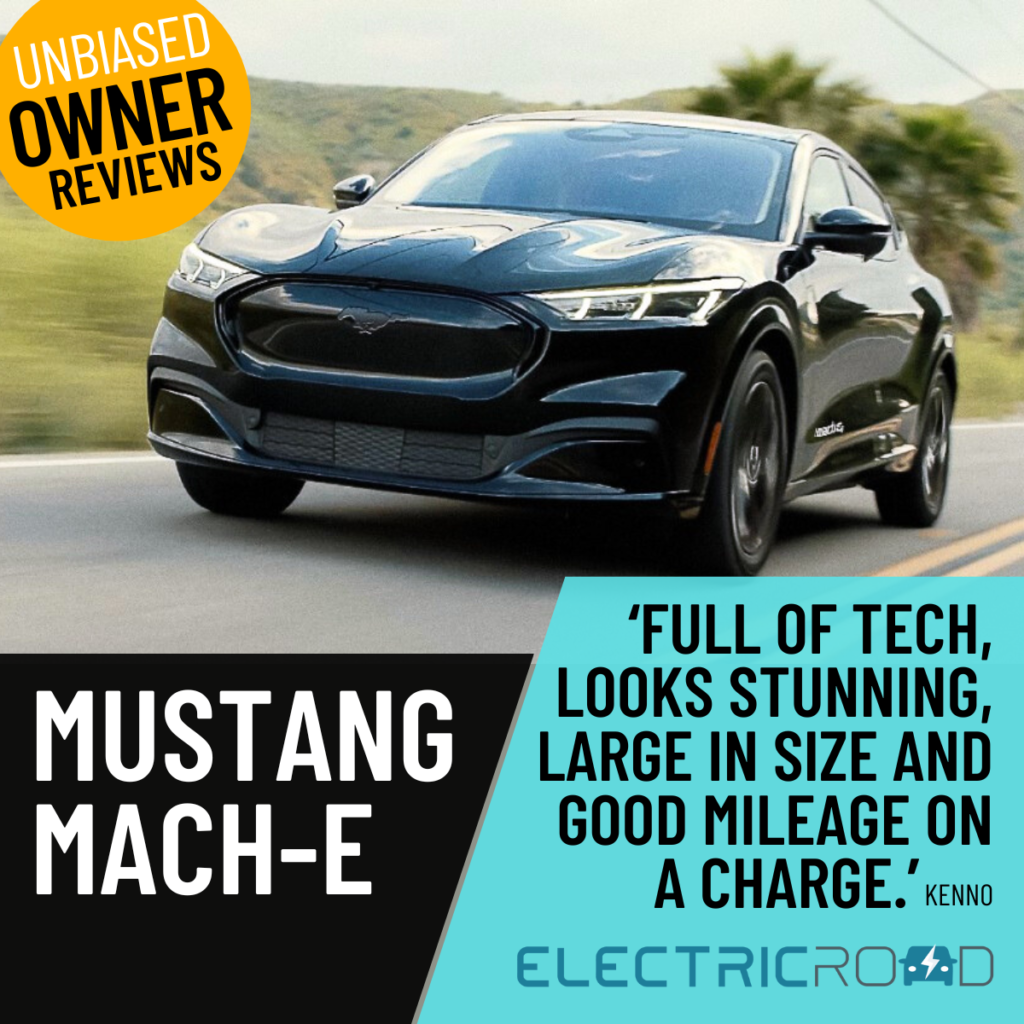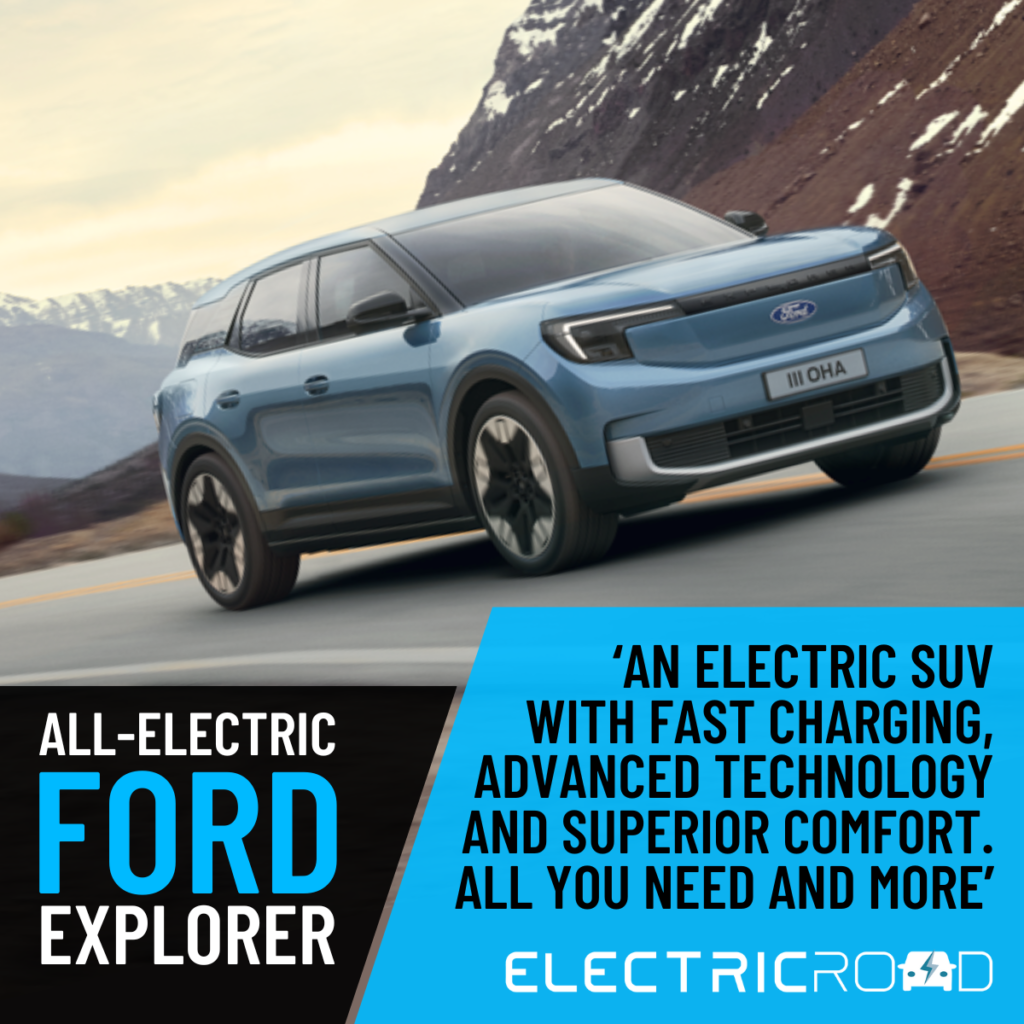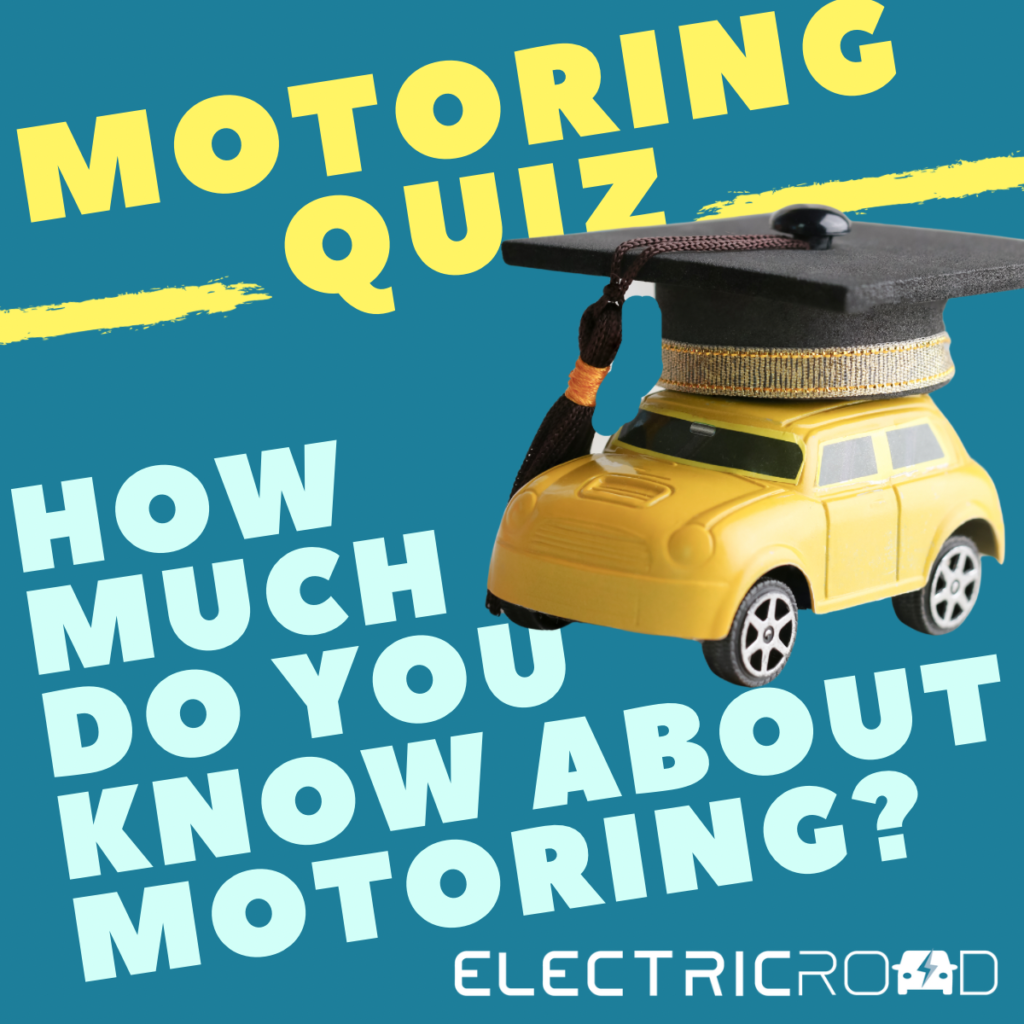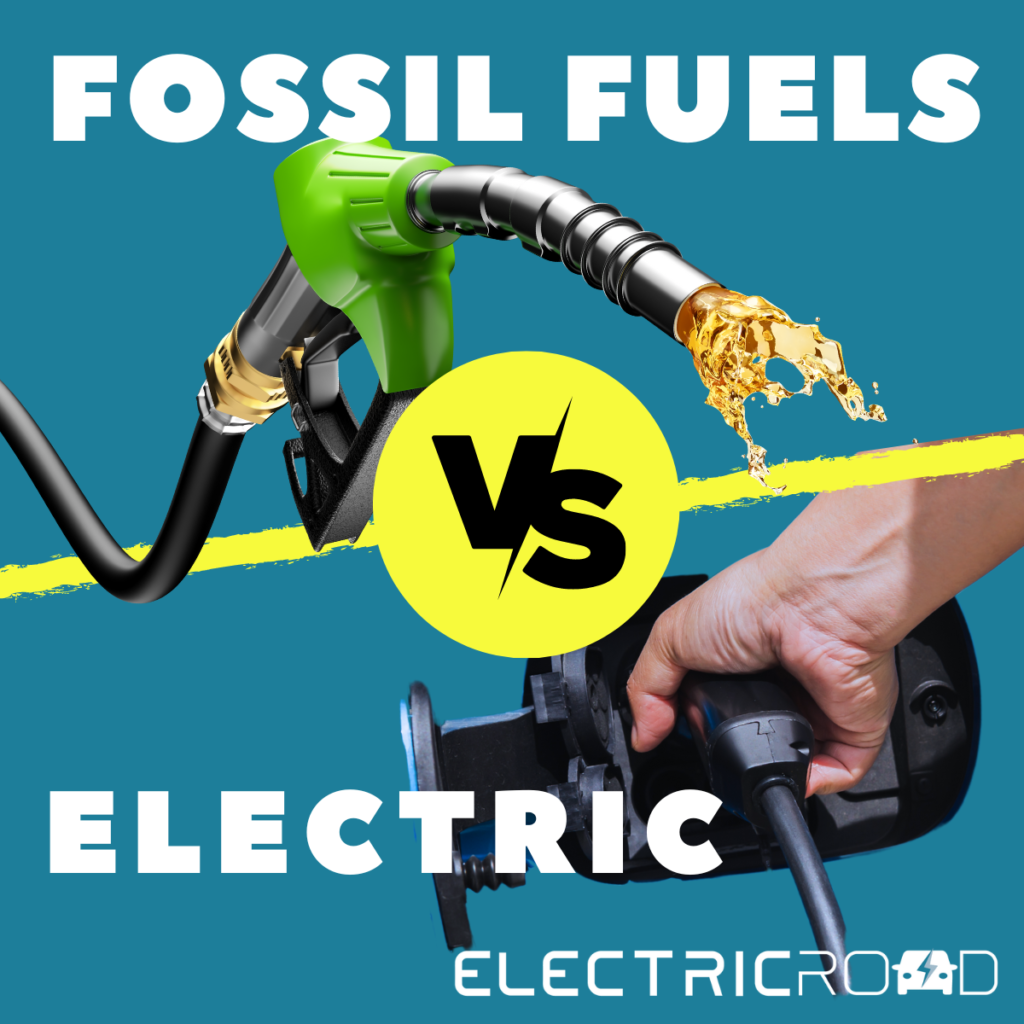Michael drives a Hyundai Kona Electric 64kWh 2019.
This is Michael’s 3rd electric car, he’s owned the Kona Electric from new and drives 10,000-15,000 miles annually. The current mileage of the car is between 40,000-50,000 miles and he achieves 200 miles from a full charge.
Why did you choose the Hyundai Kona Electric?
In 2019 the affordable non-Tesla choices were the Kona Electric, the Kia e-Niro, and the Nissan LEAF. The Kona Electric and the e-Niro are very similar, I slightly preferred the Kona Electric and it was available sooner in my area. I preferred the Kona Electric to the LEAF on seat comfort, handling, range, charging speed (74kW vs 50kW), CCS vs CHAdeMO connector and some other features.
Are you seriously considering your first or next EV? Then visit Electric Road’s CAR FINDER to get the right car for you!
Positives – List 3 or more reasons why you love this electric car
- The driver’s seat is one of the most comfortable I’ve ever had
- the handling and performance are remarkably good
- the car has a ‘normal’ driver interface with instruments in front of the driver and buttons and knobs where appropriate instead of having to navigate through a touchscreen interface for all functions
- with plenty of solar power on the roof, I pay nothing for fuel unless I go more than 100 miles from home
- although it is very compact, the hatchback cargo area and folding rear seats can carry quite a lot.
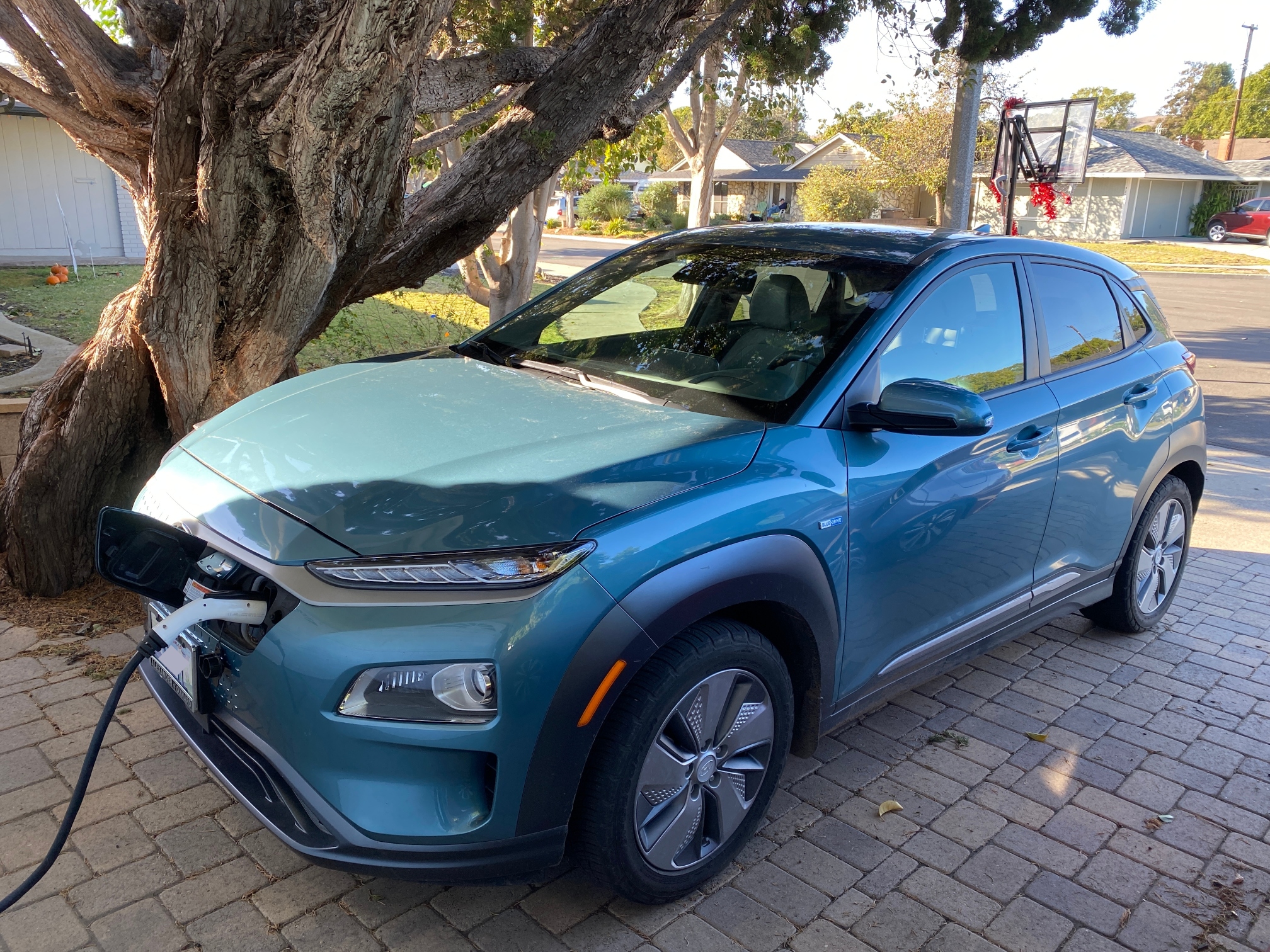
Negatives – List 3 or more things that you really don’t like about this electric car
- It is very compact – we need a larger car for road trips. We’ve done some long trips but it’s pretty tight.
- range is less than advertised – barely adequate for road trips
- lacked a spare tyre, I managed to get a compact spare under the rear floor
- spins the front wheels merrily at the slightest provocation. Needs better traction control and better OEM tyres (I fitted high-performance tires which helped a lot).
- the torque is wonderful but hard to control at low speeds
- That’s about it, relatively minor stuff.
Have you experienced any faults with the car? If so, what have they been?
Car was recalled for traction battery replacement due to fire risk. No other faults.
What are the standout technological features of the car?
It’s electric! Relatively long range, fast-enough charging and did I mention I charge for free on solar power at home? Apple CarPlay is handy (and phone-based nav apps are better than the car’s nav). Has all the current driving aids – lane keeping, etc. but the only one I use often is the adaptive cruise control.
Surprise us! Tell us something people wouldn’t readily know about this electric car
The car is classed as a CUV or compact SUV but it’s really a hot hatch once you put premium tyres on it. Very low centre of gravity, quick and accurate steering, instant and plentiful torque make it great fun. Precise control of electric torque with no lag or shifting is a revelation for a car enthusiast. Regeneration and one-pedal driving is even better than engine braking in a manual-transmission ICE car.
What electric car(s) are you interested in next and why?
Subaru Solterra – we need a somewhat larger car for road trips and the Subaru has the extra ground clearance and X-mode AWD to go off-pavement.
Home charging unit – outline both positive & negative elements
JuiceBox 40-Amp – it works. I plug the car in and it’s charged up in the morning. I used the JuiceBox’s wi-fi programming to set the charge schedule (once and done) but I could just as easily use the car’s programming. No negatives I can think of.
Electricity supplier & tariff – outline both positive & negative elements
Southern California Edison – we are on a NEM (Net Energy Metering) tariff for the solar, so we only pay for our annual net usage, which is negative, so they pay us. We charge during off-peak hours, mostly. SCE and other California providers have been approved for NEM 3.0 which is less advantageous to solar installations but my understanding is that we will be grandfathered and keep our NEM agreement.
What public charging networks would you recommend to others and why?
Electrify America has been the best-located and most reliable network for us for the last couple of years. Their phone support has been very good, they can usually get us charging when we have a problem. EVgo and Chargepoint are generally good also but many Chargepoint DC stations are limited to 50kW.
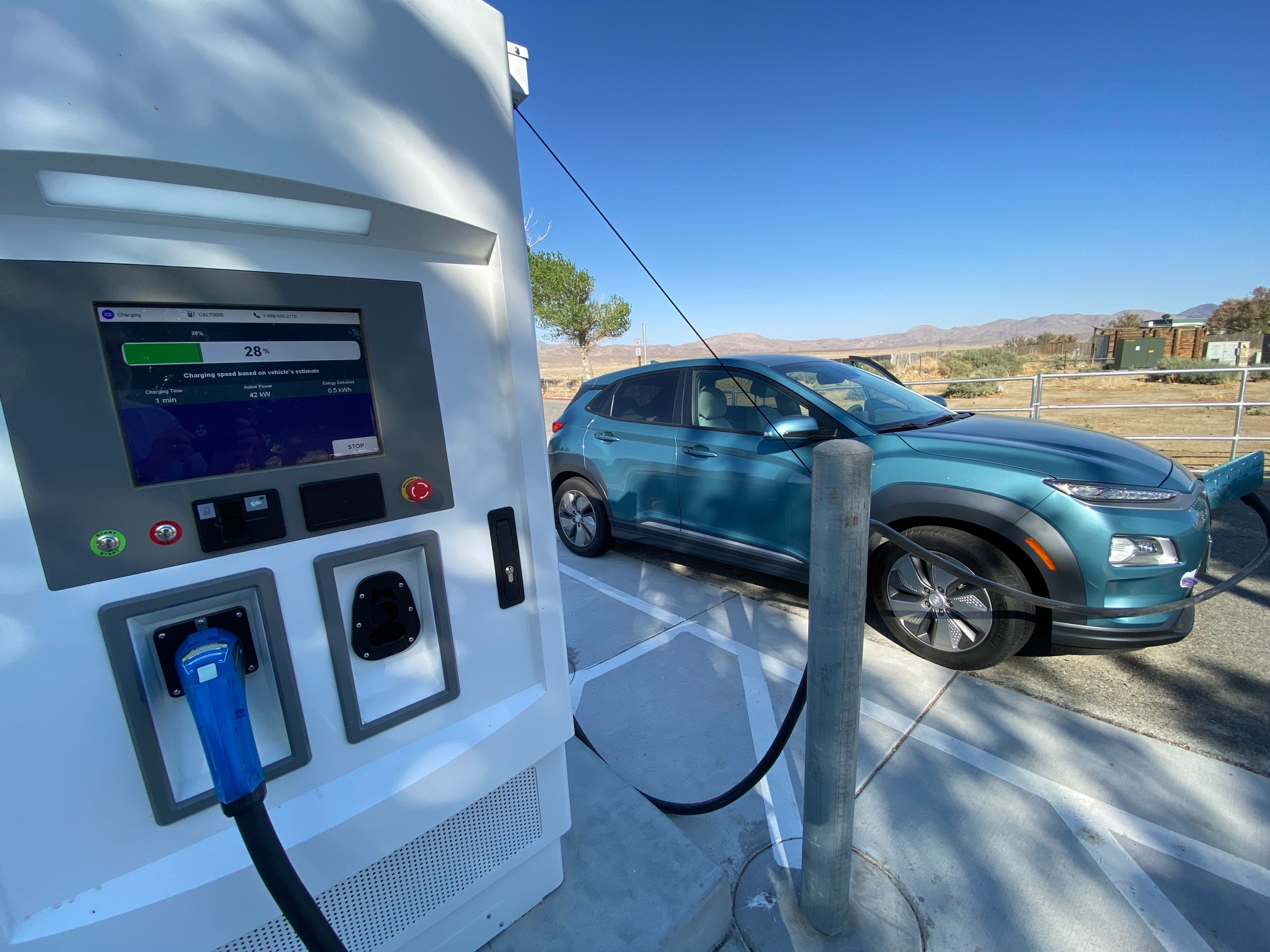
We’ve had mostly good experiences with public charging at DC stations on road trips. Sometimes we’ll get inexplicably low charging speeds. We expect lower charging speed when the weather is very cold or hot. Level 2 chargers at hotels and other destinations can be unreliable, especially when they are not on one of the bigger networks. They can also be very handy, when we can charge overnight while staying at a hotel. I always check PlugShare for current info on such chargers.
Insurer – outline both positive & negative elements
Sothern California AAA has been our insurer for 47 years. Good prices (they operate like a co-op and rebate their excess income to customers each year on renewal) and the best claim handling.
Please itemise where you’re (or aren’t) saving money owning & running an electric car
We pay nothing for fuel unless we’re more than 100 miles from home, thanks to solar power on the house. Probably saving ~$150/month over a 40-mpg car? Savings on fuel and on electricity for the house have paid off the solar system in 5 years, now it’s all free. On road trips, I’m pretty sure charging costs less per mile than gasoline would but I haven’t done the math.
California has raised its license fees on EVs, I don’t know how much higher they are than ICE cars. I have paid nothing for service in 40,000 miles except for tyres. The shop inspects the brakes and suspension with every tyre rotation, which is free.
See other owner reviews here


